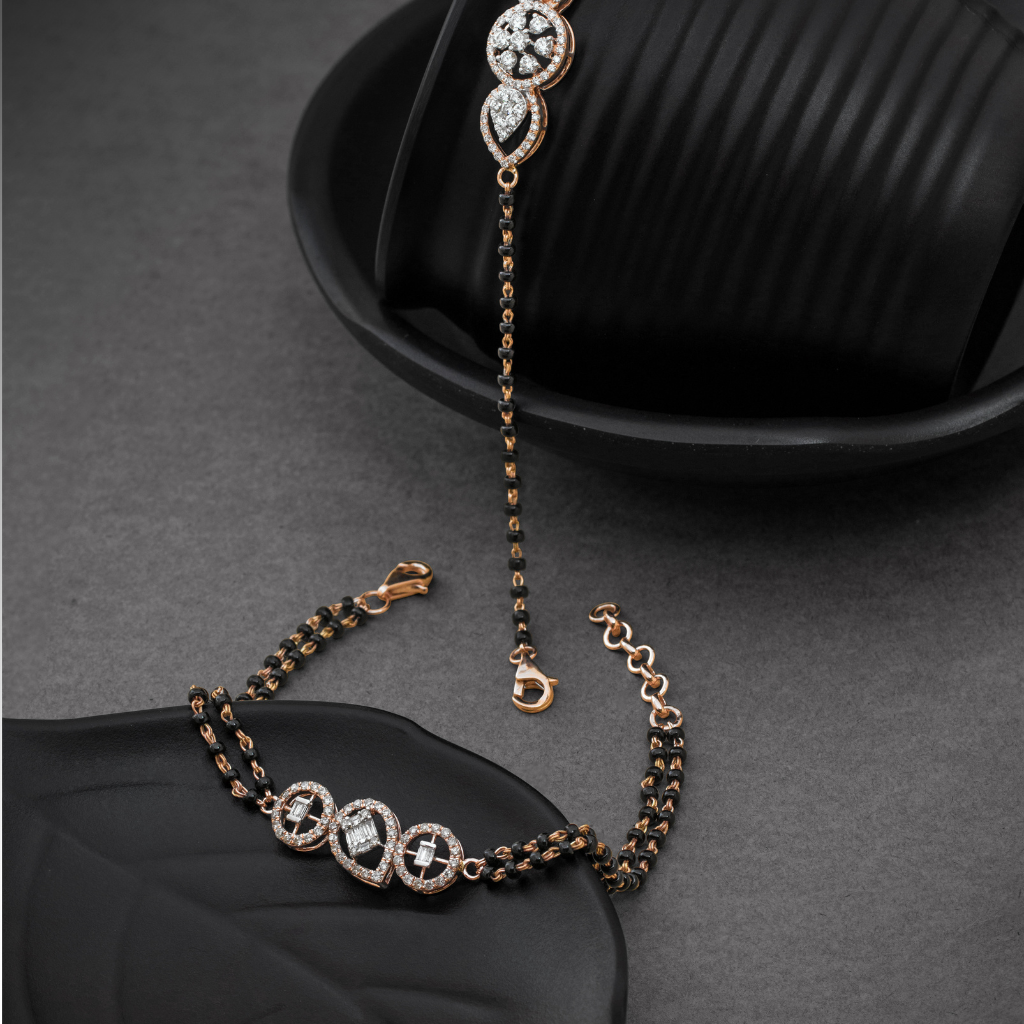What Is Contrast in Photography?
by siteadmin

Contrast is one of the most important elements in photography. It helps to make your photos stand out from the crowd.
There are many different types of contrast in photography, and it all depends on your style and how you want to portray the subject. You may be drawn to one form of contrast over another, or you may want to use more than one type at once.
Color
Contrasting colors create a visual impact in photography. They make subjects stand out from the background and help lead your eye around a photo.
Color contrast can be applied to landscape, portrait, motion, and still life photographs. You can also use it to emphasize the textures in your subject or to create more ethereal images.
To create great contrast, you’ll need a rudimentary understanding of color theory. Studying the color wheel is a great place to start, as it helps you understand how complementary and contrasting colors work together.
Tonal
When shooting photos for storytelling purposes, you should consider how tonal contrast can add to your images’ appeal. It can help you create a narrative, evoke an emotion or trigger thoughts about the value of life.
Tonal contrast can be manipulated in post-production to increase or decrease the impact of it. It's up to you to figure out what works for you based on the subject of your photo and the composition that you create.
High-contrast images use a wide range of tones going from bright to dark. This is the key to a great photo.
Composition
Composition is the arrangement of the elements in a frame that makes the image look presentable and allows you to focus the viewer’s attention on your subject. It is one of the most important aspects of photography, and it is something that is learned and mastered with time and practice.
There are many different compositional techniques that you can use to create better photos. Some of them are mathematically based, such as the rule of thirds, while others are more natural in nature.
Another way to add dimension and drama to your images is by incorporating frames into your compositions. These can be natural or man-made, and they can help you emphasize your main subject or add interest to the entire frame.
While there are no unbreakable rules when it comes to composition, there are a few popular guidelines that you can follow to improve your photography. These include the rule of thirds, negative space, and lead lines.
Light
Light is one of the most important factors in photography. It impacts everything from your exposure and shutter settings to your color choices and even post-processing options.
It’s also a creative tool that you can use to highlight various elements in your photos and add interest and depth to your work. However, it’s important to remember that contrast is a subjective element that is completely dependent on your creativity and style.
High-contrast photos often have bright highlights and dark shadows, while low-contrast images may have darker tones or shades of gray. Understanding the differences between these two types of contrast will help you create more impressive photos that will stand out from the crowd!
To learn about the different forms of contrast in photography, it’s best to experiment. This will allow you to understand your own creative vision and find out what works best for you.
https://www.littlewolfcollective.com/
product photography los angeles
Contrast is one of the most important elements in photography. It helps to make your photos stand out from the crowd. There are many different types of contrast in photography, and it all depends on your style and how you want to portray the subject. You may be drawn to one form of contrast over…
Recent Posts
- Revolutionizing Floral Art with Inspired Seasonal Collections and Stunning Ceremony Settings
- Bathroom Remodel Rochester Sets New Standards in Bathroom Renovations
- Boston Roofing Co. Sets New Standards in Roofing Services in Boston
- Relief Recovery Center: A Comprehensive Approach to Addiction Recovery
- Relief Recovery Center: A Comprehensive Approach to Addiction Recovery
